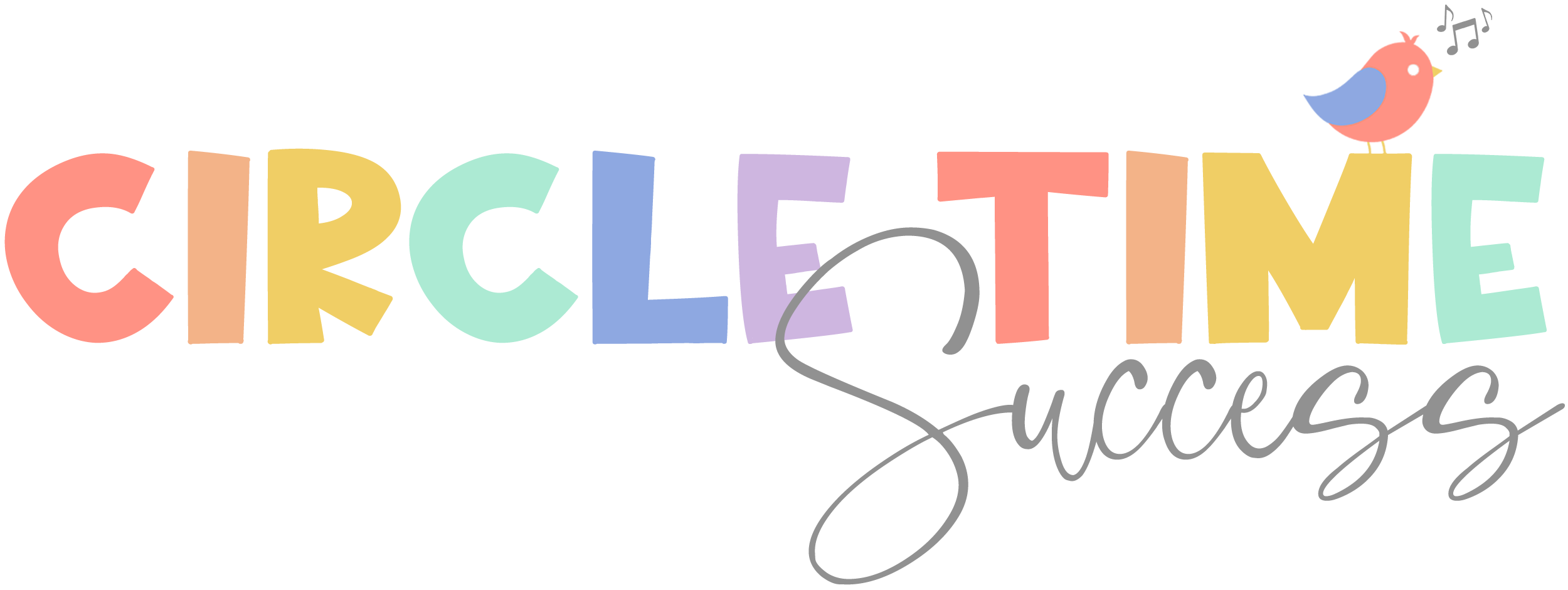“I can’t get my kids to sit still at circle time!” If I had a nickel for every time a teacher told me they struggled with this, I’d be rich!
Do you want to know the reason why kids can’t sit at circle? Kids need to move! It makes the brain function at its best. In classrooms today, we are seeing an increase in seat time and a decrease in free time. The result? Children who dislike school, feel stressed out and anxious and aren’t excited about learning.
Gretchen LeFever Watson, a clinical psychologist at Eastern Virginia Medical School found that ADHD is over-diagnosed. Experts estimate that 5% is a realistic upper limit of children with the disorder, but in many areas of the country, up to 33% of white boys are diagnosed with ADHD. Check out the study to learn more.
I wager to guess the demand on children to sit and be quiet in school has a lot to do with it. Behavior is communication and I believe they are crying out to move! So why not use movement as a way to learn? Let me tell you why you should not just consider it, but give it a try today.
3 Reasons why kids need to move to learn.
- Movement is a Primal Need
It wasn’t long ago that our ancestors were nomadic. Meaning, they walked up to 14 miles a day in search of food and shelter. Now children sit much of their day! Evolution has not caught up to this sedentary lifestyle.
John Medina, author of Brain Rules says, “if you wanted to create an education environment that was directly opposed to what the brain was good at doing, you would probably design something like a classroom”

2. Movement Locks in Learning
Why? Because it activates so many parts of the brain. We form a more robust memory when we learn this way. Would you rather teach something to children 55 times using our traditional method of teaching, also known as skill and drill? Or teach them the same concept 5 times before they understand it? I thought so!
3. Movement Feeds the Brain
When the brain is asked to focus for long periods of time without being fed, it throws a fit. In young children, this means grabbing books off the shelf during story time, dog piling a neighbor or in some cases, straight up walking away.
Because our brain does not store energy, it must be fed to keep going. Guess what it likes to eat? Oxygen-rich blood!
This can be achieved through a variety of ways such as telling an emotionally-charged story that recaptures attention, or by getting the students up and moving their bodies.
By recognizing that your learners need to refocus, refresh and recharge often, you’ll be more likely to create activities where children stay engaged from beginning to end.
By getting children up and moving every 10 minutes (let’s be honest, every 3-4 minutes is more realistic), they will be reenergized as oxygen-rich blood is sent to feed their brains.
Taking these brain and body breaks are actually more beneficial to academic performance than they are harmful. ”Breaking up content learning with physical movement is more effective than excessive content dumping” (Jensen, E. (2000). Learning with the body in mind: The scientific basis for energizers, movement, play, games, and physical education. San Diego, CA: Brain Store. ).
Ready to bring more movement into your classroom?

Click here to check out “Move, Move, Move!” Infused with songs to get kids up and on their feet, it is a perfect mix of actions songs to add to your circle times.
Do you want 7 Secrets for Circle Time? Fill out the form below, and you’ll be on your way from chaos to calm in no time!

